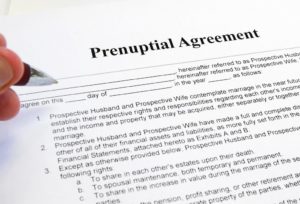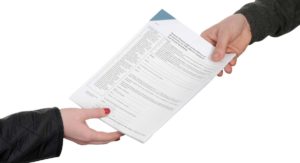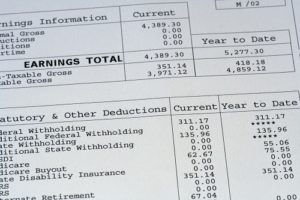 Property Division
Property Division
Dividing Retirement Assets in a Divorce
With so many different types of plans and variables at play, dividing retirement assets in a divorce can be complicated. Especially if they existed both before and during a marriage, dashing any hopes of a clear property classification. However, considering their sizable worth, retirement accounts are one aspect of property division you don’t want to get wrong.
Fortunately, a good Stockton divorce attorney can help you get the job done without too much hassle.
Identifying Retirement Assets in a Divorce: Community or Separate Property?
When splitting a retirement plan, the first step is to identify what kind of property the account is. Like all other assets acquired by a couple during marriage, retirement funds are subject to property classification and division under California’s community property laws. Under these rules, assets are categorized as either “community” (property that belongs to both spouses equally), or “separate” (property that belong to one spouse, individually). 
To classify the contents of a retirement account, timing is key. If either spouse contributed to the account while married, it is most likely community property (unless specifically addressed in a valid prenuptial agreement.) On the other hand, if the account was created before marriage—and was not added to during that time—it’s most likely separate property, and belongs solely to the participant spouse (the party who earned the benefit).
Most of the time, however, property isn’t as clear cut as “before” and “after” marriage. And when the ‘what’s mine is yours’ mentality results in blending separate and community property together, retirement division can get a little more complicated.
Dividing Retirement Assets in a Divorce
If the retirement account is classified as community property, a judge will split ownership based on the length of time the couple was married, and how this occurs will vary by circumstance. In some cases, both spouses agree to keep their own pensions and retirement accounts without taking any part of the other spouse’s. However, when one spouse doesn’t have a retirement account – or when one has a much smaller retirement asset than the other does – a judge will order the couple to split these funds another way. There are two common ways this can be accomplished.
The first, is to suspend all retirement payouts until the participating spouse actually retires. Once retirement finally rolls around, each spouse will get their share of the retirement payout for the time married. The second method, is to allow the participating spouse to keep all benefits of the retirement plan, and to offset this inequality by awarding the non-participating spouse a greater portion of community assets.
Obviously, each method of distribution comes with its own pros, cons, and risks. When assessing how to make this split, couples are always free to reach their own agreement, rather than fighting in court. One way to do this, is through mediation.
Divorce Mediation
Mediation is a non-binding negotiation process, where couples meet with a neutral third party, and try to come to an agreement on their own. This method of dispute resolution is far simpler and more cost-effective than litigation. It also gives individuals greater flexibility in determining the outcome of their own divorce terms, including the division of any retirement plans. For these reasons, a good attorney will always suggest that you try mediation before going to court.
Retirement Payout After Divorce
Once an agreement has been reached—either through mediation, or by litigation—the actual payout process will depend on what type of retirement plan you have.
For example, when dealing with a military retirement account, the length of your marriage will determine whether the participant pays out the alternate payee, or if the money will come directly from the Defense Finance and Accounting Service.
In other cases, individuals must file a qualified domestic relations order, or QDRO. A QDRO is a special court order authorizing a non-participant individual to receive a payout from a retirement account. Once a QDRO is filed, payout usually takes between 60 and 90 days, depending on how long it takes the plan’s administrator to process the documents.
These types of details—such as how payout works and how long it takes to receive—will vary for each type of retirement account. Once your Stockton divorce attorney has all the facts of your case, they will be able to give you more specific guidance on what to expect from your retirement payout process.
Retirement Plans Covered by a Prenup
Now days, it’s common for divorcing couples in California to have prenuptial agreements. These pre-marital contracts can cover all kinds of things about property division during divorce. In your prenup, you and your spouse may have agreed to several things, including the rights and obligations you each have when it comes to property (even if it was acquired during your marriage).
If a retirement account was included in your prenuptial agreement, it’s a good idea to talk to your attorney about it. The prenup can’t be grossly unfair, and if it is, your Stockton divorce attorney can help argue that all or part of the agreement is invalid.
Divorce Attorneys in California
If you have questions about dividing retirement assets in a divorce, we’re here to help. Call us at 209-546-6870 to schedule a consultation with an experienced divorce and pension attorney. Together, we’ll answer your questions, and begin building a strategy that will get you the best possible outcome in your retirement plan division.












